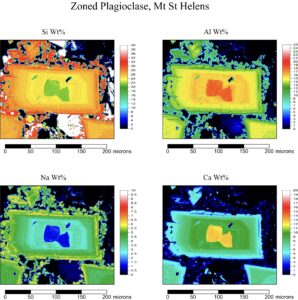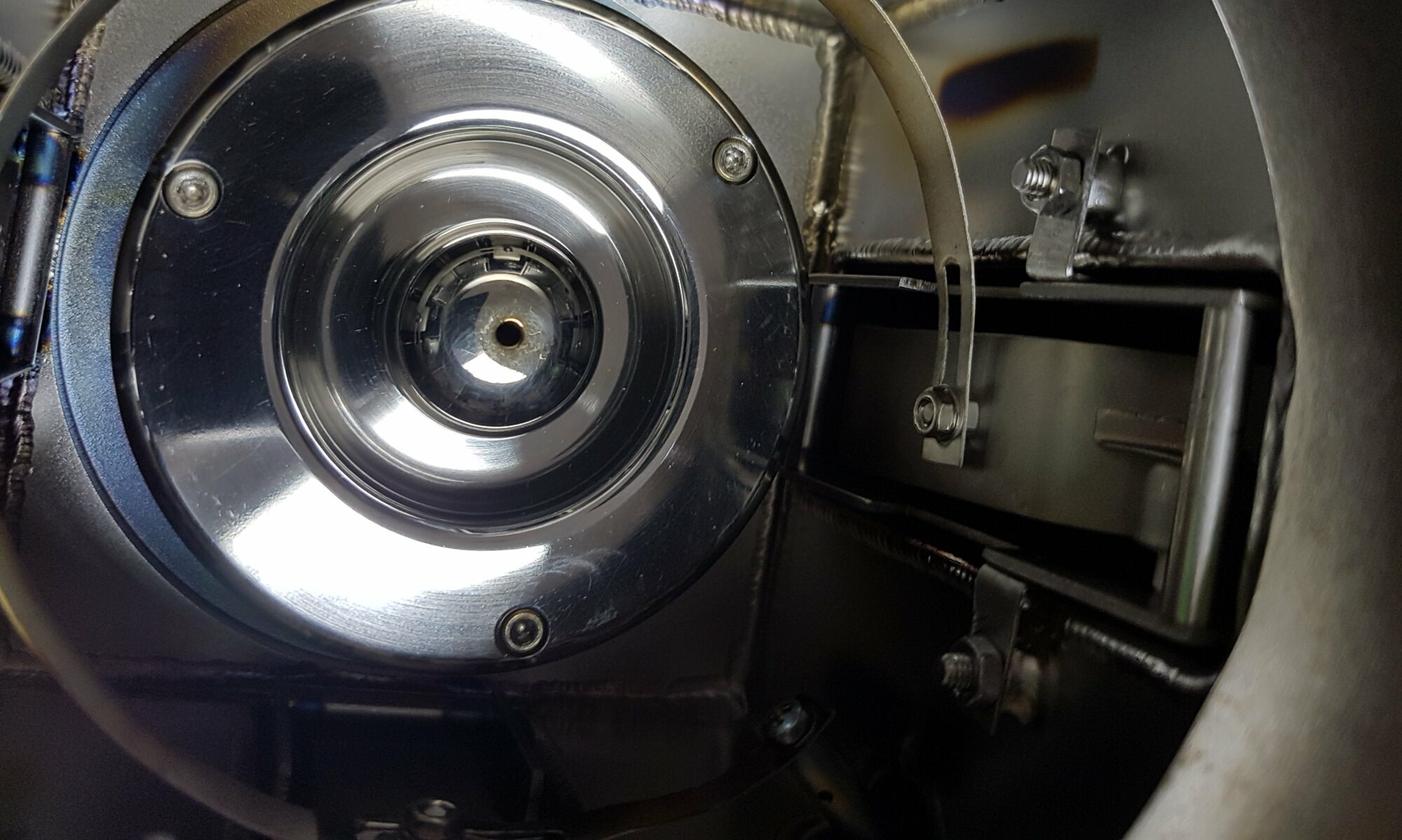Quantitative X-Ray Microanalysis in Earth and Environmental Sciences
Part 1: University of Bristol, 6th to 9th November 2023
Part 2: Universities of Bristol, Cambridge, Leeds, Manchester and Oxford by April 2024
NERC advanced training are generously sponsoring a 2-part training programme: Quantitative X-Ray Microanalysis (QXRM) in Earth and Environmental Sciences – University of Bristol, 6th to 9th November 2023.

The programme is aimed at post-graduate students and early career scientists in the fields of earth/planetary and environmental sciences whose projects require significant QXRM to achieve their intended outcomes. Non-NERC funded applicants working in these fields will be considered. As part of the UKRI and NERC ongoing commitment to increasing diversity, equality and inclusion in the Earth and Environmental sciences, we encourage applications from under-represented equality groups. Applications will be anonymised and scored based on demonstrated scientific need and suitability of the research projects. Anonymised scored applications will be ranked and discussed among the review panel and successful applicants shortlisted. We are collecting DEI characteristics of both applicant and and attendee cohorts, which will be forwarded and assessed by NERC to ensure equality and examined for unconscious bias.
Training will comprise two separate parts:
(1) A 3.5-day short course hosted at the Electron Microbeam Laboratories in the School of Earth Sciences, University of Bristol in November 2023.
(2) Three days of one-to-one tuition in an SEM or EPMA lab at either Bristol, Cambridge, Leeds, Manchester or Oxford, to be completed by April 2024.
The short course fees and instrument access costs are covered by the NERC support. Part 2 travel and subsistence (T&S) is also covered where required. Note, however, that costs for accommodation, T&S, for part 1 in Bristol are not covered. As part of the NERC drive to increase participation by under-represented groups, a small hardship fund is available for part 1 of the course. These funds can be used to support attendance including e.g. travel and accommodation costs for those with mobility issues, extra care costs for parents and carers, and accommodation costs for self-funded students. Further guidance on the NERC DEI action plan can be found here.
Training Programme Details:
Part 1 – 3.5 Day Short Course
A series of lectures, practicals, paper exercises, and review sessions: The course comes with a 100-page booklet detailing the full contents:
Lectures:
1) Overview of X-ray generation in the SEM/EPMA
2) Energy Dispersive Spectrometry
3) Wavelength Dispersive Spectrometry
4) QXRM simulation – Practical aspects
5) Use of Standards
6) Quantitative X-ray Microanalysis
7) Advanced EPMA topics
8) Industrial applications of QXRM
Practicals:
1) The Energy Dispersive Spectrum
2) X-ray mapping in the SEM/EPMA
3)The Wavelength Dispersive Spectrum
4) Monte Carlo Modelling
5) Quantitative EPMA
6) Trace Element Analysis
7) Low Voltage SEM/EPMA
There are two review sessions to recap analyses performed on instruments in the two overnight periods (one on post-processing X-ray maps and a second on quantitative data handling and errors).
There are two short sessions where participants are encouraged to present a brief 5-minute presentation on their own research area – this then forms the basis of personal discussions with the course tutors.
Lunches are provided and a course evening dinner at a local restaurant on Wed 8th.
Part 2 – Hands-on one-to-one training
Hands-on training is offered on one of the following:
- Bristol (Thermo Apreo, Cameca SX100 and JEOL 8530F instruments, Dr S.Kearns, Dr B.Buse)
- Leeds (FEI Quanta 650, JEOL 8200, Dr R. Walshaw)
- Cambridge (FEI Quanta 650F, JEOL iHP200F, Cameca SX100 Dr I. Buisman)
- Manchester (JEOL 8530F, Cameca SX100, Dr J. Fellowes)
- Oxford Earth Sciences (FEI Quanta 650, Cameca SX5FE, Dr J. Wade)
The hands-on training would be aimed at:
- familiarising the student with a particular instrument and software system
- preparation (cleaning and coating) of samples
- loading samples
- setting up the instrument parameters – electron column, wavelength/energy spectrometers
- calibration of standards
- setup of quantitative routines
- setup of X-ray mapping parameters (where required)
In the three-day period the students would have an opportunity to perform some analyses on their own samples to yield some preliminary results for their projects.
Applying
There are a maximum of 25 places available to UK-based researchers. The deadline for receipt of applications is Sept 18th. Places will be allocated on receipt of an application form (below) in which applicants are required to outline both their projects and the benefits of the training programme to them.
Successful applications will be those that can demonstrate how QXRM is critical to a successful outcome of their research project.
Supervisors are encouraged to apply on behalf of students where their research project has yet to start.
Completed application forms must be forwarded as an e-mail WORD attachment (not pdf) to Stuart.Kearns@bristol.ac.uk. Informal enquiries to the same address. Please suffix your name into the file title.
